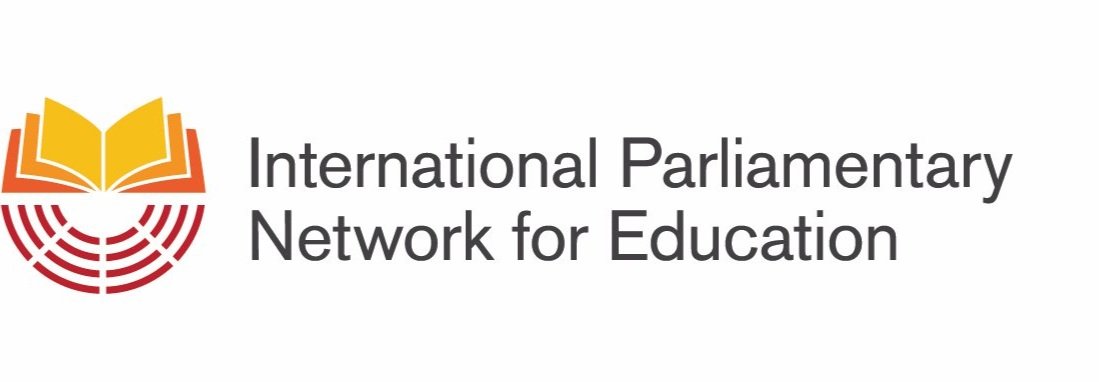
Learning
A learning crisis
Even prior to the outbreak of COVID-19, 53% of children in low- and middle-income countries were experiencing ‘Learning Poverty’, meaning they were unable to read and understand a simple age-appropriate text at age 10.
Low-income countries faced this crisis disproportionately, with close to 90% of children in Learning Poverty, compared with just 9% in high-income countries.
This global learning crisis comes atop of a further 258 million children who were already out of school and not receiving any education before COVID-19.
The crisis is becoming a catastrophe
School closures caused by COVID-19 have affected 90% of the world’s students in more than 190 countries. Despite efforts to put in place remote learning strategies, learning losses accumulate rapidly.
Recent research has suggested that the pandemic’s impact on the global learning crisis will be even greater than initially feared, with Learning Poverty, already over 50% before the pandemic, potentially rising up to 70% in low- and middle-income countries.

Key recommendations for preventing a learning crisis becoming a catastrophe:
Simply reopening schools after COVID-19 and resuming education as it has been delivered in the past will not be sufficient. We must reimagine and accelerate learning so that all children benefit.
Universalise foundational literacy and numeracy through focus, measurement, support and accountability.
Implement large-scale learning assessment and remedial programmes to mitigate learning loss.
Increase investments in evidence-based remote learning to help close the digital divide that has prevented so many children from learning.
Strengthen the resilience of education systems to ensure continuity of learning during future crises.
Increase and strengthen the education workforce, equipping teachers with the digital and pedagogical skills for learner- centred quality education.

Statistics & resources
The learning crisis in numbers
Over 60% of national distance learning strategies during COVID-19 school closures relied exclusively on online platforms – but 465 million learners in these countries lacked access to the internet at home.
3 out of 4 students not reached by remote learning live in the poorest households and/or in rural areas.
40% of countries had no remote learning policies in place for the pre-primary level, excluding the youngest learners at a crucial stage of their development.
Learning losses due to COVID could lead to $17 trillion of lost earnings, amounting to one-tenth of global GDP.





